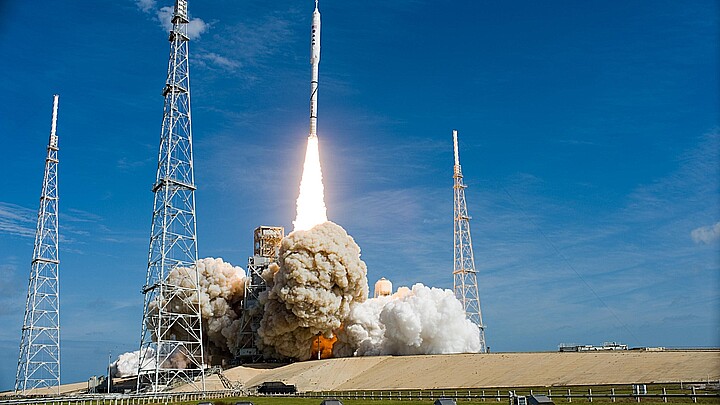Technology
NASA breaks a record: Hubble detects farthest star ever seen
The star, nicknamed Eärendel by astronomers, emitted its light in the first billion years of the universe
March 31, 2022 11:21am
Updated: March 31, 2022 5:31pm
Astronomers on Wednesday discovered the most distant star seen to date, a super-hot, super-bright star that formed nearly 13 billion years ago at the dawn of the cosmos.
“The star, nicknamed Earendel by astronomers, emitted its light within the universe's first billion years. It's a significant leap beyond Hubble's previous distance record, in 2018, when it detected a star at around 4 billion years after the big bang,” according to a Hubble Site statement.
Eärendel actually disappeared a long time ago. This is because the light emitted by distant stars takes eons to reach Earth.
“The newly detected star is so far away that its light has taken 12.9 billion years to reach Earth, appearing to us as it did when the universe was only 7 percent of its current age,” continues the statement.
Thanks to a rare alignment with the magnifying galaxy cluster, the star Eärendel appears directly or very close to a ripple in the fabric of space, providing maximum magnification and brightness.
It was so massive that it almost certainly exploded into pieces, just a few million years after its creation.
The star takes its name from the poem "The Voyage of Eärendel, the Evening Star," written in 1914 by J.R.R. Tolkien, author of "The Lord of the Rings." The star is located in a galaxy they have named Sunrise Arc.
El @NASAHubble rompió récord!
— Ciencia y Mas! (@Cienciaymas_) March 30, 2022
Este nuevo punto de referencia extraordinario detectó la luz de una estrella que existió dentro de los primeros mil millones de años después del nacimiento del universo en el big bang.https://t.co/bfKsPyoBcV
pic.twitter.com/ECqmNHqJvM
"We almost didn't believe it at first, it was much farther away than the previous most distant and highest redshift star," said astronomer Brian Welch of Johns Hopkins University in Baltimore, lead author of the paper describing the discovery, published in the March 30 Nature issue.
"Normally, at these distances, entire galaxies look like tiny blobs, with the light from millions of stars blending together," Welch added. "The galaxy hosting this star has been magnified and distorted by gravitational lensing into a long crescent we call the Sunrise Arc."
NASA's James Webb telescope will follow up to learn about Eärendel's brightness, temperature, and composition, the release states.
The previous record-holder, Icarus, also a blue supergiant star detected by Hubble, formed 9.4 billion years ago. That's more than 4 billion years after the Big Bang.
In both cases, astronomers used a technique known as gravitational focusing to magnify the tiny light from distant stars.
Although Hubble has been able to detect galaxies 300 million to 400 million years from the Big Bang, individual stars are almost impossible to identify.











